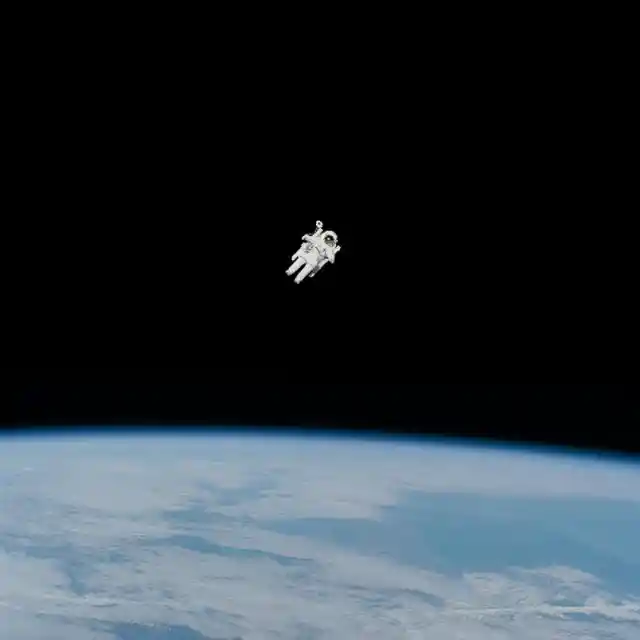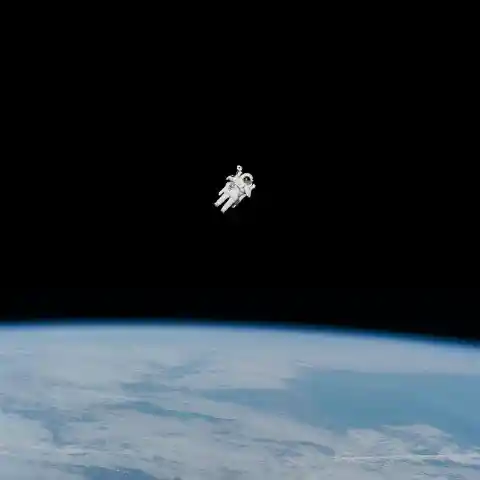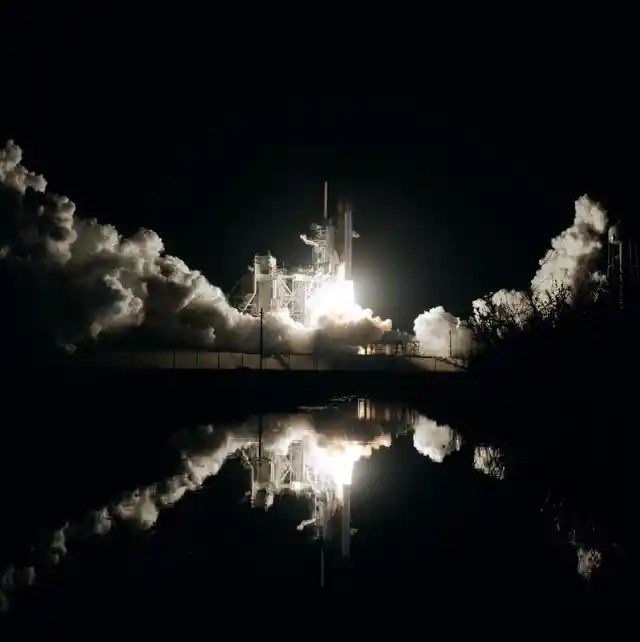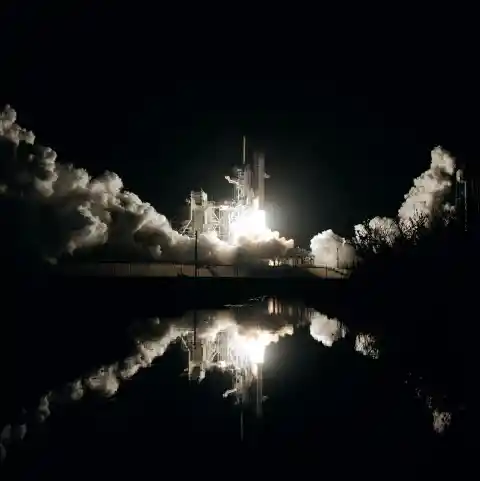NASA will bring its Space Launch System (SLS), the rocket for future lunar missions, back to the launch pad on Friday. The American space agency plans to make a fourth attempt to launch the rocket on Nov. 14.


NASA has been trying to get the rocket into space since late August. Three previous attempts failed due to technical problems. In addition, Hurricane Ian threw a spanner in the works. To prevent damage to the rocket, the space agency returned the rocket to the hangar.
The rocket was retrieved from the hangar on Friday and is being transported to the launch pad more than 6 kilometers away. This is a challenging undertaking because the lower part of the rocket alone weighs as much as 2,600 cars. The trip takes eight to 12 hours.
On the launch pad, the rocket is further assembled. On the lower part of the rocket, also called the launcher, the Orion spacecraft will be placed. That craft can carry cargo or crew. Including the spacecraft, the rocket is more than 111 meters tall.
Over the next ten days, NASA will conduct several more tests. If no new problems arise, the space agency will launch the rocket on Nov. 14.


The launch is the first mission within the Artemis program, through which NASA plans to put humans back on the moon for the first time since 1972. As a dress rehearsal, a spacecraft with no humans on board is to make the difficult crossing. That mission bears the name Artemis I.
The spacecraft is scheduled to fly toward the moon in about a month and a half. It will then orbit it for a few circles before returning to Earth. Using parachutes, the flight should end in the Pacific Ocean.
The SLS is the most powerful rocket ever and was developed specifically for the Artemis lunar program. At the very top of that launcher sits Orion. The rear section, which provides energy and propulsion, was developed in Europe.